AO Edited
El Papamoscas
For more than half a millennia, this automaton has rung an hourly bell.
Before every hour at Burgos Cathedral, a crowd of visitors slowly grows until the moment when El Papamoscas (The Flycatcher) begins to ring his bell. When he emerges at the top of the hour, he’s met with flashing cameras and phones trying to immortalize the moment.
The cathedral is a must-see in the small northern Spanish town of Burgos. A masterpiece of Gothic architecture, rich in artistic and historical treasures, construction on the Burgos Cathedral began in 1221. After more than a 200-year hiatus, the building was finally completed in 1567. The cathedral’s layout is based on the Latin Cross and is three stories tall. Today, the remarkable Gothic building is a UNESCO World Heritage Site.
For centuries, El Papamoscas has been an added draw for visitors to see the cathedral. Today, the mischievous figure has become one of the most well-known attributes of the cathedral. At the top of every hour, El Papamoscas moves his right arm to trigger the bell’s clapper.
Although his exact installation date is unknown, El Papamoscas was already part of Burgos Cathedral as early as the 16th century. The Flycatcher, therefore, is over 500 years old. It’s possible the figure may have been carved in a Venetian watchmaker’s workshop.
There are several theories as to why the automaton was incorporated into the building, but no concrete reason for its inclusion has emerged. Local religious authorities once considered possibly removing El Papamoscas from the cathedral, but that never came to be.
Know Before You Go
Ask about El Papamoscas as you enter the cathedral or simply wait for its bell to ring to find out where it is.

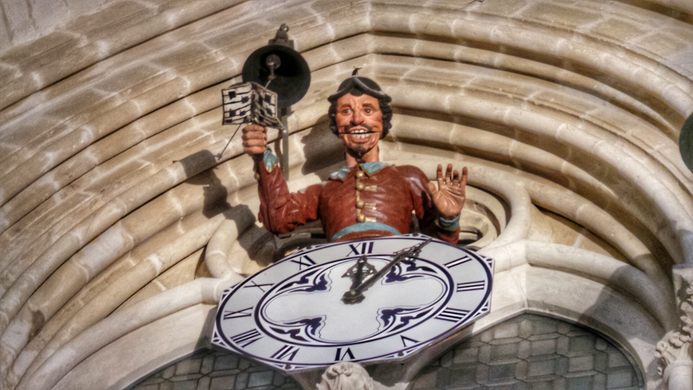

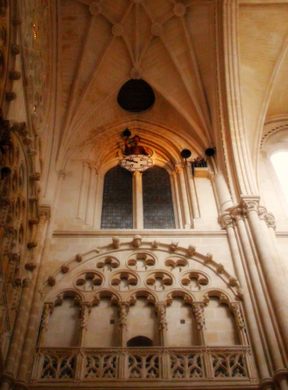
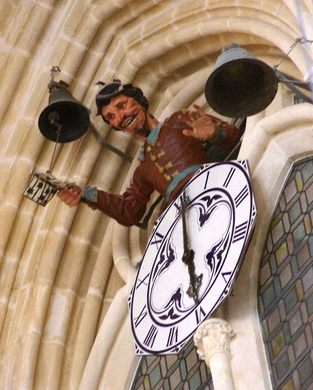


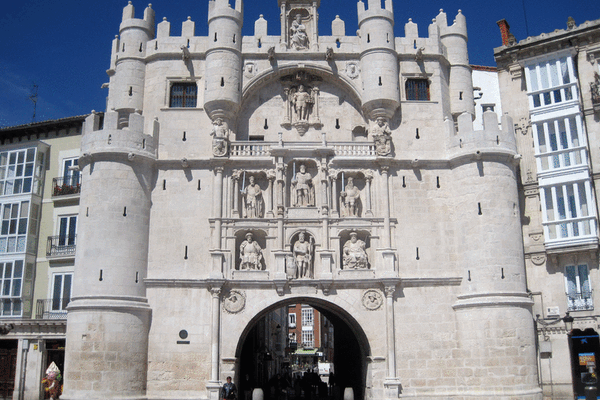

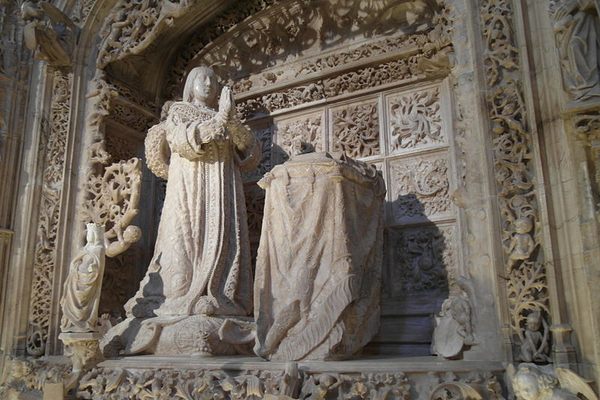


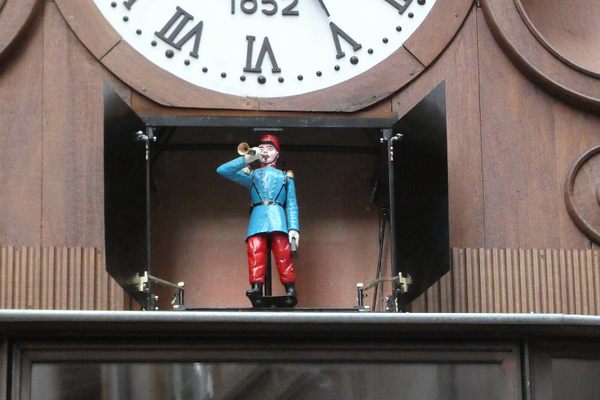



Follow us on Twitter to get the latest on the world's hidden wonders.
Like us on Facebook to get the latest on the world's hidden wonders.
Follow us on Twitter Like us on Facebook